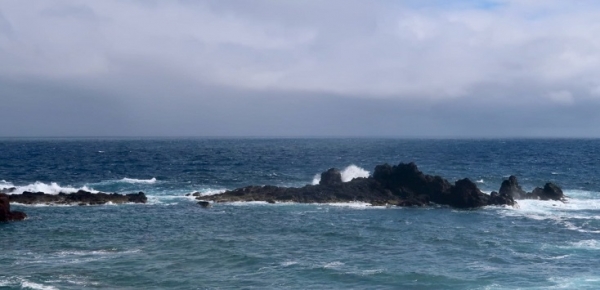A new discovery about how sea spray forms on coastlines may change our understanding of the oceans’ impact on climate.
A new discovery about how sea spray forms on coastlines may change our understanding of the oceans’ impact on climate. In coastal areas, aerosol concentrations have been greatly underestimated — but globally, they may have been overestimated. The findings, from a study that included a researcher at Stockholm University, could also affect air quality in coastal cities. And it all began during a car journey on a windless day in the Azores.
The small island of Graciosa in the Azores is home to one of the US Department of Energy's many atmospheric measurement stations. The continuous measurements taken at these stations form a large part of the basis for what we know today about climate change. They capture not only the effects of greenhouse gases but also the role of cloud-forming aerosols from land and sea.
Matthew Salter, a researcher at Stockholm University, had been studying aerosols and their effects for a long time when he visited the Azores in the summer of 2022 to see how a research campaign led by his PhD students, together with American collaborators, was progressing. On a beautiful, almost windless summer's day, he and some colleagues drove across Graciosa to reach the observatory at its northernmost point. Although it was almost windless on the island, high waves were crashing against the coast and the air was filled with sea spray.
Read More: Stockholm University
Photo Credit: Paul Zieger/Stockholm University




